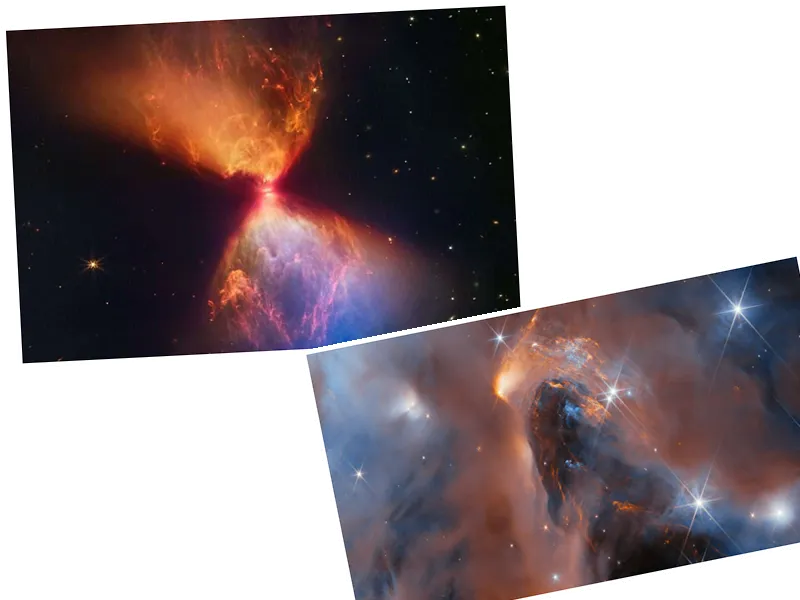A captivating 'planetary parade' is set to grace the morning sky on June 3rd, 2024, as numerous media outlets report. The spectacle promises a rare alignment of six planets: Jupiter, Mercury, Uranus, Mars, Neptune, and Saturn. However, skywatchers anticipating a breathtaking display should temper their expectations as the phenomenon is somewhat misunderstood.
While Jupiter and Mercury will rise around 5 a.m., the advance of daylight means they will be outshone by the brightening sky, making them invisible to the naked eye. As Uwe Pilz from the Association of Star Friends (VdS) notes, 'It will be so bright that you can read the newspaper without any problems.' Essentially, the Sun's light overshadows these planets, preventing them from being seen.
Of the six planets, Mars and Saturn are the only ones visible without the use of binoculars or a telescope. Mars, although dim, can be identified by looking east just before sunrise, near the crescent moon. Saturn, positioned in the southeast, is faint but observable. Expert astronomer James O'Donoghue adds, 'You'll be able to see Mars, Saturn and Jupiter,' though Uranus requires binoculars or a telescope.
Neptune and Uranus, both too distant to be seen unaided, complete the line-up. O'Donoghue elaborates that the planets will appear in the order of Jupiter, Mercury, Uranus, Mars, Neptune and Saturn, accompanied by a crescent moon. He emphasizes that this alignment does not physically occur in space but appears as such from our terrestrial perspective.
Dr. Kate Pattle, a professor from the University College London, points out that 'While the alignment is visible from Earth, it's not an actual spatial event. Most of the planets are merely on the same side of the Sun at this time.' She explains that what we perceive as a 'planetary parade' is much more common than believed, with opportunities for such alignments happening frequently due to the slow movement of outer planets in the sky.
Although the ideal viewing time may vary globally, experts recommend aiming for just before sunrise for the best chance to observe the parade. Utilizing tools like Stellarium Mobile or the Night Sky app can enhance the experience by helping to locate the planets. A spot with low light pollution and a clear view to the east maximizes visibility.
- The planetary parade on June 3rd is also notable for its educational insight into the solar system's formation and the motion of celestial bodies. These alignments provide an opportunity to understand the plane in which planets orbit the Sun, harking back to the origins of our solar system from a rotating disk of gas and dust.
- Additionally, the event serves as a reminder of the periodic nature of planetary alignments, encouraging enthusiasts to stay engaged with upcoming celestial events. As indicated by Dr. Kate Pattle, there are even better alignments to look forward to, such as the one expected next February, which will include Venus.






